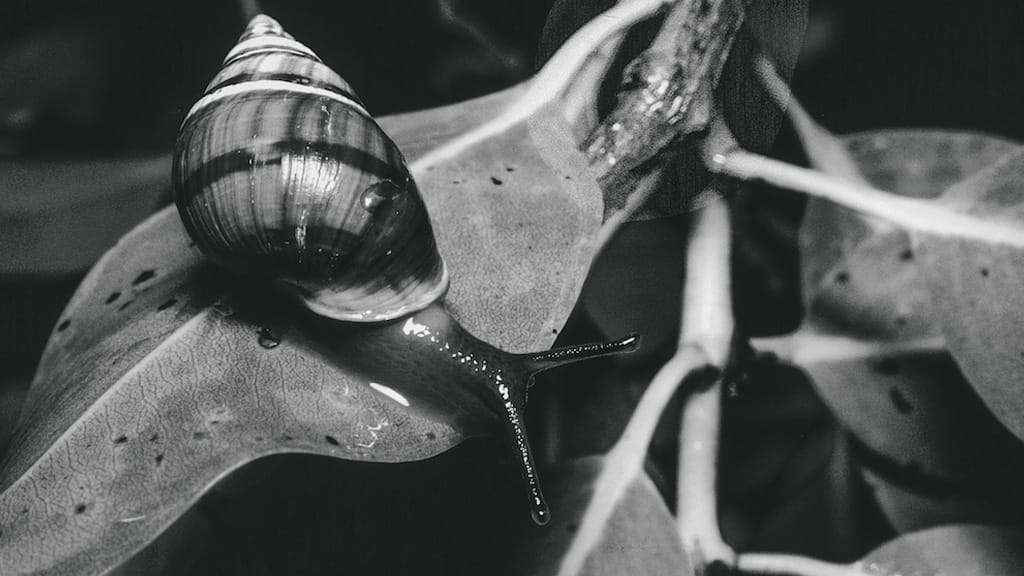Faithful efforts by O‘ahu conservators are giving the islands’ native kāhuli (land snails) a fighting chance.
Did you hear about George? You would have to live under a rock—or maybe a leaf—not to have learned that the world’s last Achatinella apexfulva, a tree snail endemic to O‘ahu, died on New Year’s Day. News of the extinction caught like a wildfire, seeming to make international headlines before the last slimy streaks on the ‘ōhi‘a leaves in George’s terrarium were dry.
In fact, the feverish pace at which the story spread is a byproduct of the same globalization processes that has caused 90 percent of the islands’ 750 endemic species of kāhuli (land snails) to die out. Although most of George’s far-flung eulogists blamed this decline on fugitive ship rats, introduced predators like the wolfsnail, and faceless forces of habitat loss and climate change, few gave ink to the kāhuli’s first exterminators: foreigners collecting shells in the name of science.
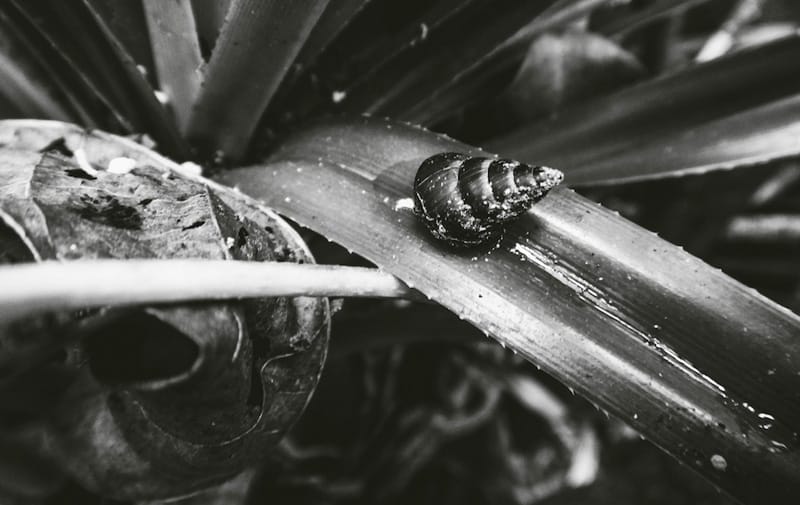
In the mid-1800s, following more than a century of European frenzy over exotic shells, or conchylomania, Hawai‘i’s own tree snails scooched into vogue. Collectors were gobsmacked by the islands’ diversity of snail species, each distinguished by shells of vibrant color—from exquisite twists of ochre and amber to squat coils of teal, black, and cream. Enter American naturalist Wesley Newcomb, who spent five years in Hawai‘i gathering and describing more than 100 species. He then famously sold his haul in 1876 to Ezra Cornell, who used it as a cornerstone of his university’s natural history museum.
Newcomb’s sale caught the attention of Hawai‘i’s “Mission Boys,” who had made a favorite pastime of inland shell-hunting. Out in rural Wai‘alua, the sons of the Emerson and Gulick families had carte blanche in the kāhuli-rich Wai‘anae Mountains. In 1877, Joseph Emerson, having amassed a large shell collection, asked his older brother Nathaniel whether he ought to sell them, as Newcomb had. “It is not an easy thing to do,” Nathaniel warned, “unless one either enters into the business, as a business or as a scientist. If as a scientist they would have to be classified and cataloged and then the institutions that have use for such things are so few.” Such work did not dissuade their childhood friend John Gulick, who became an accomplished Darwinian conchologist and introduced at least six new species of kāhuli to Western science. In 1905, he sold his collection of 11,456 specimens to Bernice Pauahi Bishop Museum.
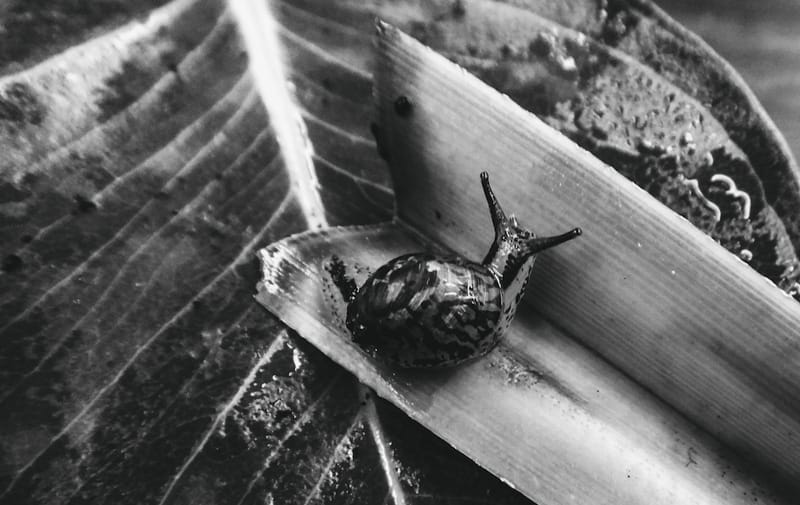
“I found it ironic,” says Sam Gon, senior scientist and cultural advisor at the Nature Conservancy of Hawai‘i. “They would talk about how liberal they were about collecting snails and then bemoan the fact that when they went back to those places they couldn’t find any snails.” Another Emerson boy, Oliver, naively reflected in his 1928 memoir, “Conditions have changed, cattle, wild hogs and hunters have invaded those virgin coverts and the dryads have fled.”
“They didn’t see that these species, which were so abundant at the time that they were collecting them, would ever be rare,” Gon says. Unlike most snails, the isolated kāhuli were not r-selected—biology speak for species that lay large numbers of eggs to ensure their populations. Having evolved in relatively safe isolation, kāhuli are highly K-selected, giving live birth to just one baby snail at a time. As a result, an entire species might be confined to a single tree. “When you have a few million years to work that kind of stuff out and then suddenly you just hit them with tons of things that r-selected species would be able to deal with easily, it’s their downfall,” Gon explains.
Of course, humans had also long coexisted with the snails. “Prior to the introduced predators that have driven them close to extinction now, they were so common, from the mountaintops all the way to the valley bottoms, that they would have been seen every day by people,” Gon says. “In fact, it’s because they were so common that they were probably woven into stories and chants.” New arrivals were surprised to find that mo‘olelo and oli (stories and chants) often referred to kāhuli as pūpū kani oe, or “the long-sounding shells.” The derivative name “singing snails” appealed to the romantic sensibilities of some, but also inspired skeptics to collect more snails to study and, in many cases, to disparage Hawaiian beliefs. Over time, everyone seeking pūpū kani oe found them harder to hear.
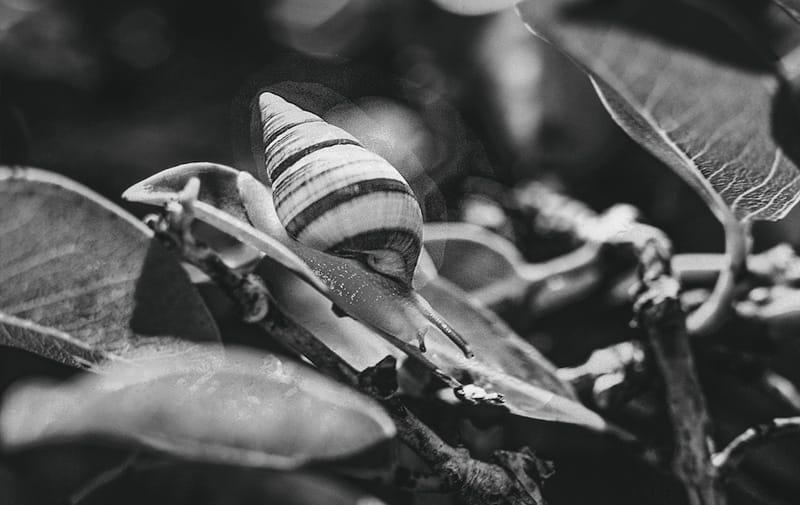
Fortunately, modern researchers began listening early enough to give O‘ahu’s 11 remaining species a fighting chance. The state’s Snail Extinction Prevention Program, coordinated by David Sischo, monitors and provides protected habitats for snails and supports a captive-breeding laboratory at the University of Hawai‘i founded by Michael Hadfield. Although George, who lived in the lab for 14 years, proved unwilling to procreate, several species’ populations have been augmented in captivity and released into fenced mountain areas. Yet it’s unclear how long scientific efforts alone can help the forest sustain these few, faint notes. “The loss of the cultural importance of the kāhuli is equal to the physical loss of these creatures,” wrote conservation scholars Aimee Sato, Melissa Price, and Mehana Vaughan in a 2018 journal article. “Indigenous knowledge of a species can bring together science, conservation, and a community to fight what was once seen as a losing battle.” In their view, those who dismiss culturally assigned characteristics, like the snails’ voices, may be overlooking valuable biocultural connections.
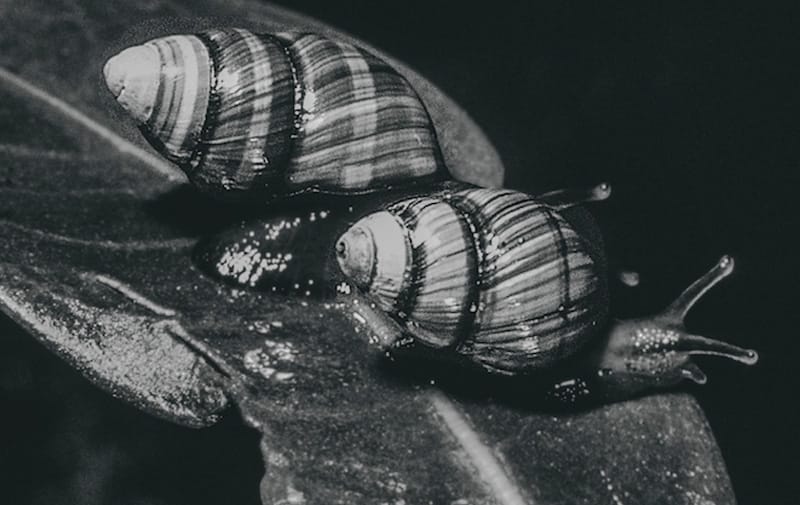
Sam Gon echoes these sentiments. “It really doesn’t matter what the physiological cases might be,” he says, referring to the snails’ lack of vocal chords. “If they are ambassadors of that voice of the forest at night, so be it. I think it’s awesome. What it does is it generalizes the whole significance of the fact that the forest has a voice, and listening to that voice is really important.”
